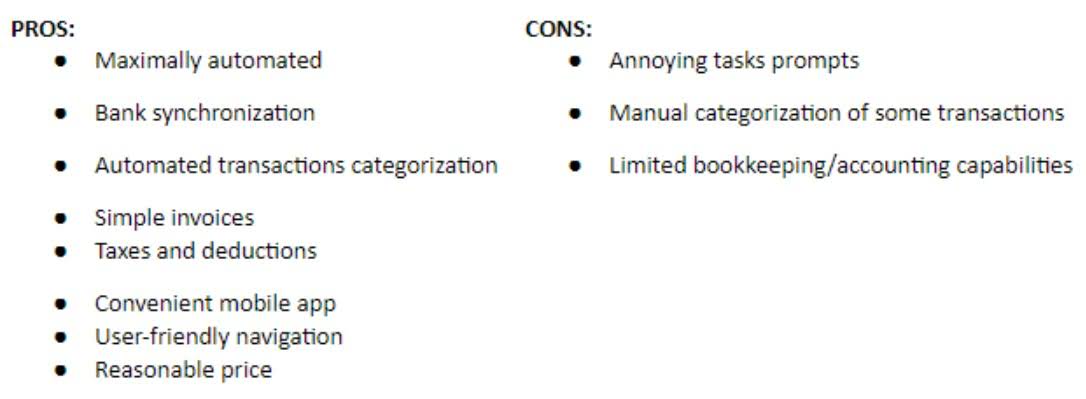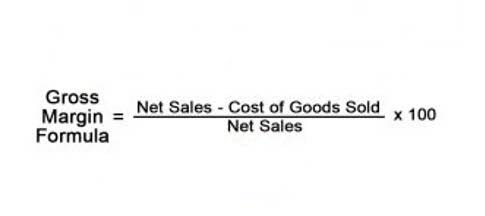
First, we need to take the previous year as the base year and the last year as the comparison year. As we see, we can correctly identify the trends and develop relevant areas to target for horizontal analysis formula further analysis. You do not need special financial skills to ascertain the difference between the previous and last year’s data.

How to Use Horizontal Financial Analysis in Practice
Investors have to make the decision whether or not they want to invest or sell their current investment; while management needs to know what moves to make in order to improve the future performance of the company. Horizontal analysis is useful in comparing firms across time regardless of their size because it converts financial performance to percentage or factors. Companies and business owners like you make use of financial analysis techniques like horizontal analysis for both internal and external purposes. The Horizontal Analysis technique also takes note of the time variance of items contained in statements.

Conclusion: Why Horizontal Analysis is a Must for Investors
It enables businesses to track progress, evaluate financial stability, and identify potential risks or opportunities. Common size analysis, also referred to as vertical analysis, is a tool that financial managers use to analyze financial statements. It evaluates financial statements by expressing each line item as a percentage of a base amount for that period. The analysis helps to understand the impact of each item in the financial statements and its contribution to the resulting figure. A manager, on the other hand, is concerned with the day-to-day operations of the company, so he uses this evaluation technique to pinpoint areas for improvement.
SaaS Financial Model Template
- In the realm of finance, vertical analysis aids in comparing the composition of income and expenses over time or against industry peers.
- From the table above, we calculate that cash represents 14.5% of total assets while inventory represents 12%.
- This shows a relative increase of 11.11%, giving more context to the monetary change.
- Combining this analysis with a qualitative assessment of market conditions can provide even deeper insights.
When analyzing more than more periods, it is often useful to divide the Partnership Accounting value for each period by the value in the beginning period. The higher the figure, the better the company is using its assets to create a profit. Horizontal analysis is a useful tool, but like any method, it has its pros and cons. Bricks is the AI-first dashboard and reporting tool for spreadsheet data. Create charts, graphs, and analyze your data in seconds – no data analyst needed.
- Analyzing percentage changes helps you determine not only the magnitude of the change but also its direction, whether it’s positive or negative.
- The above vertical analysis example shows the company’s net profit where we can see the net profit in both amount and percentage.
- Both horizontal and vertical analysis have limitations but provide useful insights when analysing financial statements.
- Horizontal analysis is a versatile tool with a wide range of practical uses in various aspects of finance and business.
- It’s like comparing before and after photos when you’re on a diet, but with numbers.
- The following two examples of vertical analysis use information from an abbreviated income statement and balance sheet.

It could possibly be that they are extending credit more readily than anticipated or not collecting as rapidly on outstanding accounts receivable. The company will need to further examine this difference before deciding on a course of action. Another method of analysis Banyan might consider before making a decision is vertical analysis. By its nature, horizontal analysis is useful to forecast future Certified Public Accountant performance by analyzing how key metrics change over time. Comparing data across periods makes it easier to identify trends for future projections.
What is Horizontal Analysis of Financial Statements?
- Typos, incorrect formulas, or outdated information can skew your results.
- The cash and cash equivalents as of March 31, 2024, were Rs 96,951 million compared to Rs 91,861 million as of March 31, 2023.
- Rather than comparing revenues from 2019, Horizontal Analysis still compares the revenues of 2020 to 2018 (the base year).
- Horizontal analysis is a financial analysis technique used to assess changes in a company’s financial statements over multiple periods, typically comparing current and past years.
- Before we dive into the details of horizontal analysis, let’s first review what financial statements are and why they are important.
Subscription-based bookkeeping services are transforming the way businesses manage their finances, offering predictable pricing, scalability, and automation-driven efficiency. Instead of paying hourly or hiring in-house staff, businesses can now access professional bookkeeping on a fixed monthly or annual subscription model. As it is majorly carried out on a single time period, Vertical analysis is also known as static analysis. Results from vertical analysis over multiple financial periods can be particularly useful while conducting regression analysis. Accountants see relative changes in company accounts over a given period of time and determine the best strategy to improve the relationship between financial items and variables.
